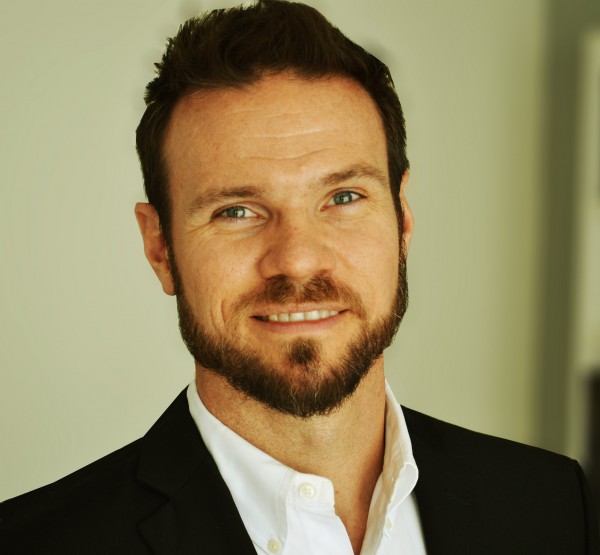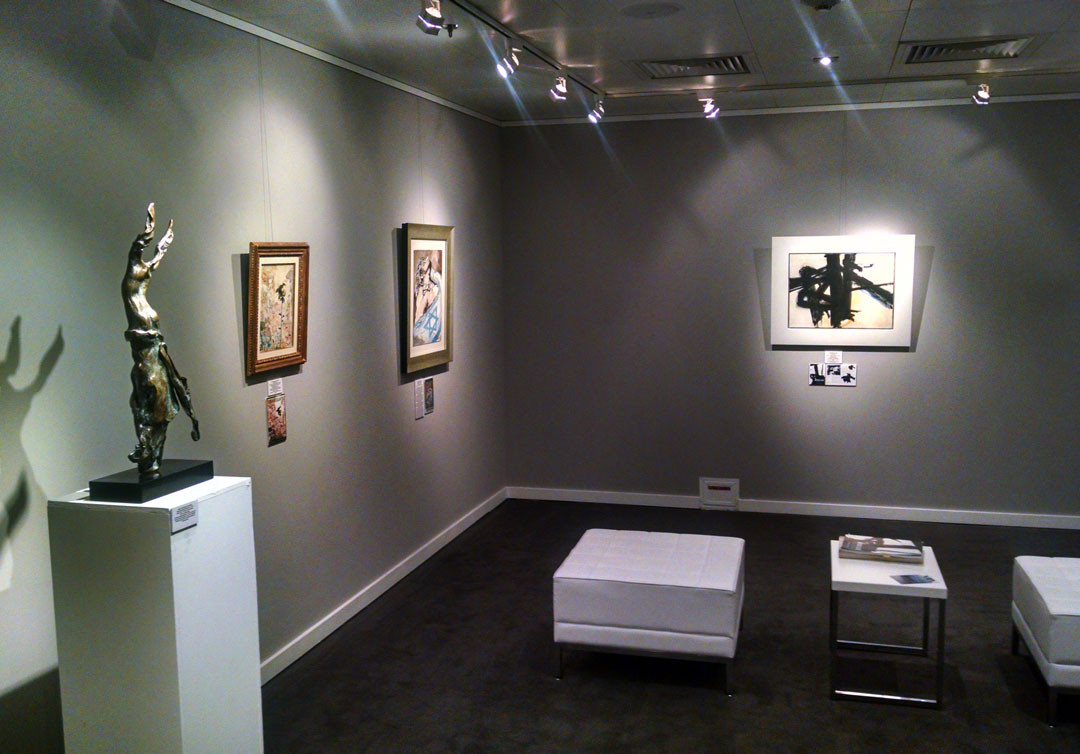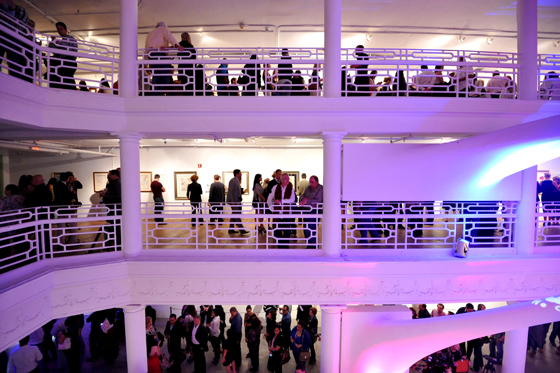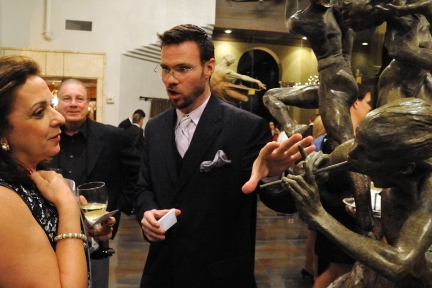Art & Exhibitions
Reed V. Horth on Why He Became an Art Dealer
Art sales allowed him to indulge his passions for art.

Art sales allowed him to indulge his passions for art.

Artnet News

Reed V. Horth, owner and founder of Robin Rile Fine Art, has found many avenues to channel his passion for modern, postwar, and contemporary art. As an art dealer, he is responsible for placing countless priceless works by modern masters, such as Salvador Dalí and Richard MacDonald, into museums and private collections around the world. His accomplishments extend into other areas of the art world as well. In addition to his work as an art dealer, he has written for publications such as ArtSlant, AskArt, and South Florida Business Journal, and has curated prestigious shows such as “Dalí Miami” in 2012. Here, he discusses his reasons for choosing to become an art dealer and the evolution of Robin Rile Fine Art.
Tell us about your background in art and what led you here.
My passion for art sales came from being unable to make successful art myself. Always knowing I wanted to be part of the art world but knowing I lacked the pedigree many enjoy, I realized I needed to find another avenue to keep me entrenched in art. Art history, writing, and subsequently art sales, allowed me to indulge my passions for art, develop a career, and make a pedigree of my own.
What is the first artwork that captured your attention?
My mother moved us very near the Salvador Dalí Museum in St. Petersburg, FL, just before I entered high school. Feeling like a bit of an outsider in my new environment, Dalí’s fantasy aspects allowed me to escape into other worlds. This created an indelible impression on me.
What type of art does your gallery focus on?
For many years, we focused on bronze sculptures from Americans Frederick Hart and Richard MacDonald. As we matured in our craft [our focus became] original paintings, drawings, and sculptures by Salvador Dalí, Pablo Picasso, Joan Miró, and Andy Warhol. Now, after nearly 20 years in the business, we specialize in postwar, 20th-century, and contemporary masters.

Miami International Art Fair (MIA) (2015). Featuring original paintings and sculpture by Salvador Dalí, Pablo Picasso, and Franz Kline. In collaboration with Castle Fitzjohns Gallery. Curated by Reed V. Horth.
Photo: via ArtSlant.
Tell us about your first show. Was there a particular moment, good or bad, that was memorable for you?
I remember standing with my producer, Michael Rosen, in a crowd of 3,000 people during the opening night of “Dalí Miami” in 2012 thinking, “We did this.” We had 25,000 people through the door in five days. It was astounding and humbling, but I will never forget that opening night.

“Dalí Miami” (2012). More than 240 original drawings, paintings, sculpture, and graphics by Salvador Dalí in Miami’s Moore Building, March 2012. 25,000 visitors in 5 days. Curated by Reed V. Horth.
Photo: Courtesy of South Florida Luxury Guide.

“Dalí Miami” (2012).
Photo: Courtesy of Robin Rile Fine Art.
How did you settle on your specialty, and what makes your gallery unique?
Our specialty is in challenging the norm of how a traditional gallery model works. In the early days, we combatted low foot-traffic with email and cold calling. Then, social media and online content took root, and we were at the forefront of that movement. Now, a liberal mix of exhibitions, writing and scholarship, philanthropy, and online presence keeps us front-of-mind with our international clients.
What has been your proudest moment?
Starting my own firm. After 12 years of toiling for others, when I became my own boss, it was a scary and proud moment. It was 2008, at the height of the global recession. We had to make it work. No excuses. When we sold our first major work, my wife and I could breathe. She said, “I think this might work.” I agreed, and we have not looked back.
How do you select the artists you represent? When does your personal taste play a role in your selection?
Much of what I do is consumer-driven. My clients will often ask me for particular works, and I go out and locate them. My personal tastes often only come in when selecting what my wife and I cannot part with.
Where are most of your buyers from? Which countries?
We have been fortunate to work with clients all over the world. Traditionally, much of our business was London or European-based, as we played advantageous currency exchange rates. Now that things have equalized in some respect, we are finding many US-based buyers in major cities: New York, Chicago, Miami, and Los Angeles. We also have more clients who have been coming to us from Asian markets: Singapore, China, and Hong Kong.
What is your next important show? Tell us why we should come.
We are presently working on shows for Dalí and Warhol simultaneously. They are too early for us to mention at this point, but I will say this: If you saw “Dalí Miami,” this will blow it out of the water.
Since you started, what have been the biggest changes in the gallery market?
When I started in art sales in 1996, we faxed our photos of art to clients. It never worked. So, I purchased my own computer and began emailing on a dial-up connection, because the gallery owner would not spring for the Internet. Once we saw levels of success, we began to get more active in the [online market].
What advice can you give to a first-time collector?
There is a reason there are advisors for investments, architecture, interior design, insurance, real estate, etc. It is because there is more to these professions than you can learn through a Google search. So, find an advisor you can trust.

“Leap of Faith” exhibition, benefitting the University of Miami’s Lowe Art Museum, at Coral Gables Country Club (2010). Curated by Reed V. Horth.
Photo: Courtesy of Richard MacDonald Studio.
If you were not an art dealer, what would you be doing?
Honestly, I don’t know what I would be doing if not for dealing in art. At one point, I was offered a conservator apprenticeship at a major university. I suppose I would have taken that position and been a conservator or professor by now.